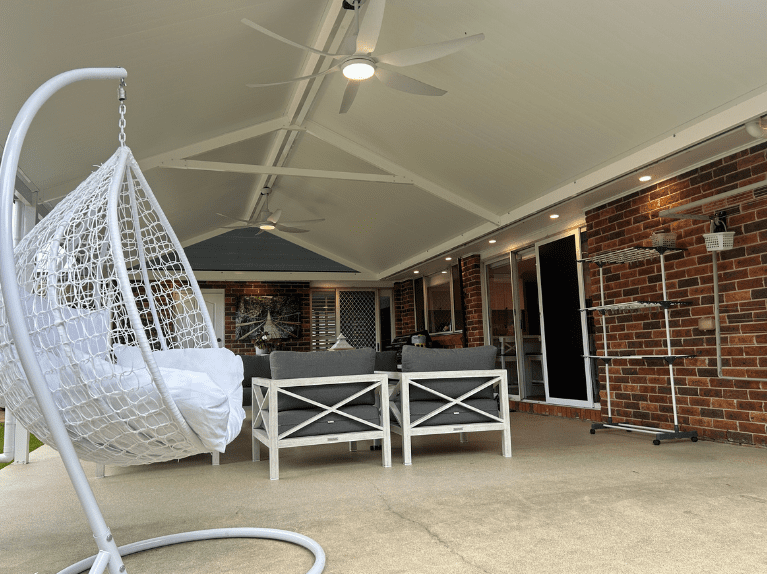More on Chipping Norton
Chipping Norton, located in south-west Sydney, has a history shaped by both its natural landscape and urban development. Originally home to the Dharug people, the area was rich in natural resources, with the Georges River playing an important role in daily life.
European settlement began in the early 1800s when land grants were issued for farming. The area was named after Chipping Norton in England and was primarily used for agriculture, including market gardens and dairy farming. The fertile land along the river made it ideal for food production, and for much of the 19th and early 20th centuries, Chipping Norton remained a quiet, rural community.
Significant changes occurred in the mid-20th century as Sydney expanded. The area saw increased residential and commercial development, with the creation of the Chipping Norton Lakes in the 1970s transforming former sand mining sites into a major recreational space. These artificial lakes improved local infrastructure, attracting families and businesses to the area.
With urban growth came the need for modern utilities, including electricity, to support homes, schools, and businesses. Today, electrical services are a vital part of Chipping Norton’s continued development, ensuring reliable power for residents, commercial areas, and public spaces like the lakes precinct.
While Chipping Norton has evolved from a farming district into a vibrant suburban community, it retains its connection to nature through its parks and waterways. As the area continues to grow, electrical infrastructure plays a key role in supporting homes, businesses, and the local lifestyle.













